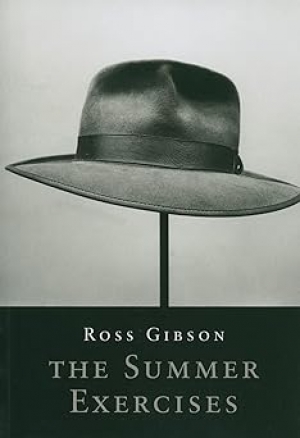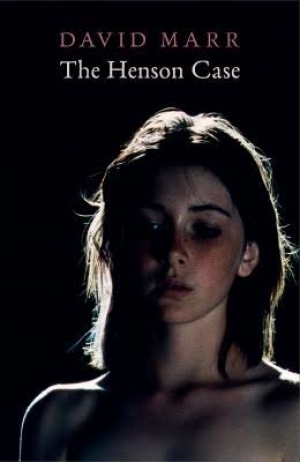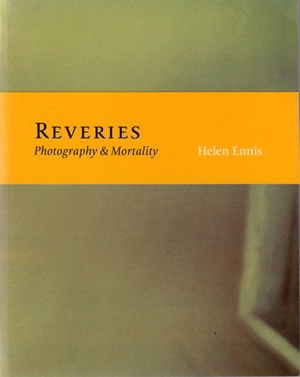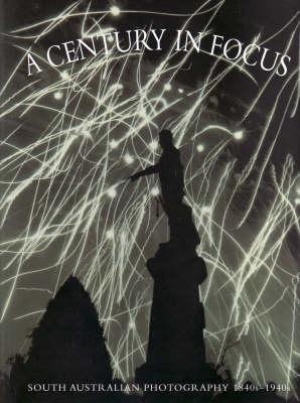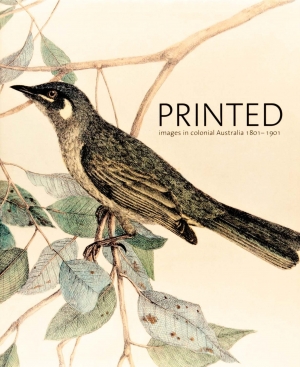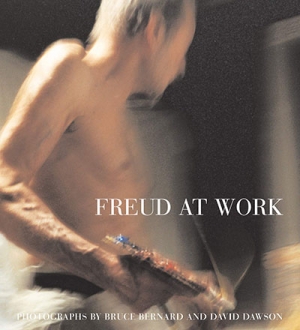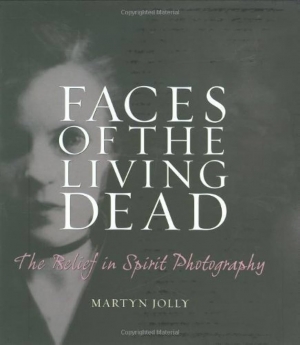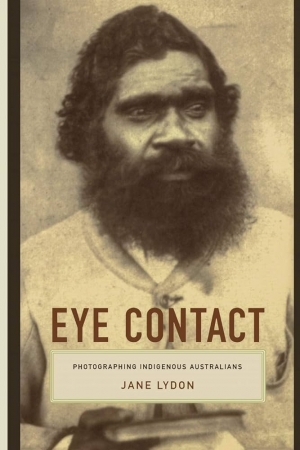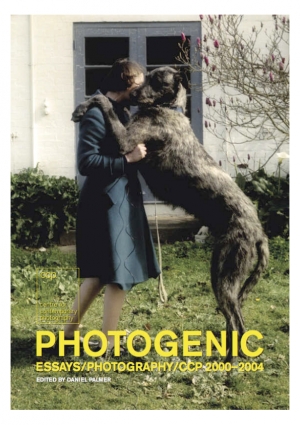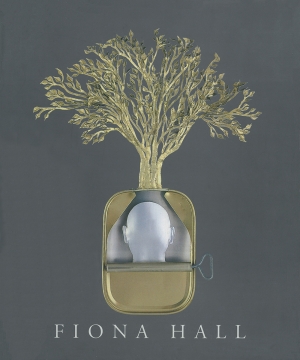Photography
Marion May Campbell reviews 'The Summer Exercises' by Ross Gibson
Over the last two decades, Ross Gibson has earned an outstanding reputation for ground-breaking investigations into cultural memory, image and place, and for his strikingly innovative films and installations, his curatorial work on the Photographic Collection of the Sydney Justice & Police Museum, his foundational directorship of the Australian Centre for the Moving Image, and, of course, his highly imaginative non-fictional writing. With its eponymous allusions to William Empson and to Jonathan Raban, his Seven Versions of an Australian Badland (2002) announced its own haunting by earlier explorations of the pastoral and of the irreducible ambiguities in history’s traces.
... (read more)Panic, David Marr has stated since the publication of this book, is what he writes about: why people panic, what they panic about, and how they express it. Clearly, with his investigative skills and his access to different worlds, Marr was the idea ...
Isobel Crombie reviews 'Reveries: Photography and mortality' by Helen Ennis
Helen Ennis’s book Reveries: Photography and mortality, published by the National Portrait Gallery in Canberra to accompany her recent exhibition, is a fascinating choice of subject for an institution that deals with portraiture. As the author notes, ‘In the face of mortality the touchstones of portraiture are gently nudged aside … to encompass the possibility of dissolution or dispersal of self.’ This expanded definition of portraiture is apparent from the cover of this sensitively designed book, which features a photograph by Ruth Maddison. Titled The beginning of absence, the photograph shows a domestic interior dissolving into light and suggests Maddison’s feelings when confronting the imminent death of her father. It is a ‘portrait’ composed not of physical detail but emotion, and is no less descriptive of a person and a relationship for that.
... (read more)Alisa Bunbury reviews 'A Century in Focus: South Australian Photography 1840s-1940s' by Julie Robinson and Maria Zagala
Among those in the field, Bob Noye was known for his exhaustive collection of, and research into, the history of nineteenth-century South Australian photography. The website he established was the most detailed information available on the topic, yet he was extremely secretive about his holdings. When Noye died suddenly in 2002, several institutions vied for his collection, with the Art Gallery of South Australia the fortunate recipient of the Noye family’s goodwill. With generous funding assistance, AGSA acquired the collection, which comprised nearly five thousand photographs and negatives, plus his research archive. This publication, and the exhibition it accompanies – the first to focus on the first hundred years of South Australian photography – is dedicated to Noye and is founded upon his passion.
... (read more)John McPhee reviews 'Printed Images in Colonial Australia 1801-1901' and 'Printed Images by Australian Artists 1885-1955' by Roger Butler
In 1961 the Tasmanian Historical Research Association published Clifford Craig’s Engravers of Van Diemen’s Land, which proved to be the first of several books in which Craig attempted to document every nineteenth-century print with a Tasmanian subject produced in Tasmania, mainland Australia and overseas. Craig, in the next two decades, produced follow-up volumes expanding the area covered and including recently discovered prints. His work remains unique in Australia. Sadly no other collector, scholar, curator or librarian has taken up the challenge and attempted to document the printed images of another state.
... (read more)John Gregory reviews ‘Freud at Work: Photographs by Bruce Bernard and David Dawson’ by Lucien Freud in conversation with Sebastian Smee
In a scholarly study just published by MIT Press (Art as Existence, 2006), Gabriele Guercio considers whether the artist’s monograph is still a viable form, given various recent challenges to artistic and art-historical theory and practice. He concludes that although the monographic model does have a future, it must be reshaped inventively. Freud at Work – devoted to the English painter Lucian Freud – represents one possible approach, combining an illuminating interview with an extensive series of studio photographs taken between 1983 and 2006. The resulting volume may seem rather slight, but when consulted in conjunction with the major books on Freud, especially the 2002 Tate exhibition catalogue, it offers many insights and pleasures. I enjoyed particularly David Dawson’s 2005 photos of the artist in action, stripped to the waist, looking for all the world like Caravaggio’s St Jerome – a suitable alter ego.
... (read more)Isobel Crombie reviews ‘Faces of the Living Dead: The belief in spirit photography’ by Martyn Jolly
Photography has always had a close relationship with death, indeed one of the more poignant catch cries of early portrait photography exhorted clients to ‘secure the shadow, before the substance fade’. An intriguing part of this emotionally charged territory is spirit photography – a sub-culture of photographs from the mid-nineteenth to early twentieth centuries that purport to show ectoplasms, ghosts and auras of the dearly departed.
... (read more)Helen Ennis reviews ‘Eye Contact: Photographing Indigenous Australians’ by Jane Lydon
There is a recuperative basis to Jane Lydon’s project that the measured tones of academic writing cannot disguise and that gives this book its energy. Lydon’s subject is the Coranderrk Aboriginal Station near Healesville, which was established in the 1860s in what Lydon describes as ‘consensual circumstances’. In the first decade of operation, the Aboriginal residents at Coranderrk achieved an un-characteristic and impressive degree of autonomy. Under the sympathetic management of John Green, there was, Lydon argues, ‘space for Aboriginal objectives and traditions to co-exist with newer practices’. As an early, initially successful expression of Aboriginal self-determination, Coranderrk has already attracted much scholarly attention, but Lydon takes a new tack, examining the extensive photographic archive created during the Station’s first forty years (it closed in 1924).
... (read more)Kyla McFarlane reviews 'Photogenic: Essays/photography/ccp 2000–2004' by Daniel Palmer (ed.)
The annual series of lectures held at Melbourne’s Centre for Contemporary Photography are a lively tradition on the city’s cultural calendar, and are noted for both their critical currency and diversity of voices. This collection of essays and images, selected from lectures and exhibitions held at CCP from 2000–4, continues the allied tradition of publications that record selected papers from the series. Its time-frame also marks Daniel Palmer’s energetic tenure as coordinator of the lectures, during which time the Centre played host to a wide range of critics, practitioners, curators and academics.
... (read more)For her participation in the 2002 Adelaide Biennial, Fiona Hall encapsulated her recent practice and its emphases on the fragilities of ecosystems, and on the instability of the social and political structures on which our cultures are based. She stated that ‘now we know that the seemingly infinite, disparate variety of living matter on earth, of which we are but a part, is life’s giant, polymorphic skin, encasing us all, inside which we dwell in kindred, genetic proximity’. And so it is that the seemingly infinite possibilities and disparate conceptual and material elements of Hall’s extra-ordinary practice are integrated between the covers of Julie Ewington’s outstanding monograph, Fiona Hall, which was published to coincide with the Queensland Art Gallery’s focused survey of the artist’s work since 1990.
... (read more)
